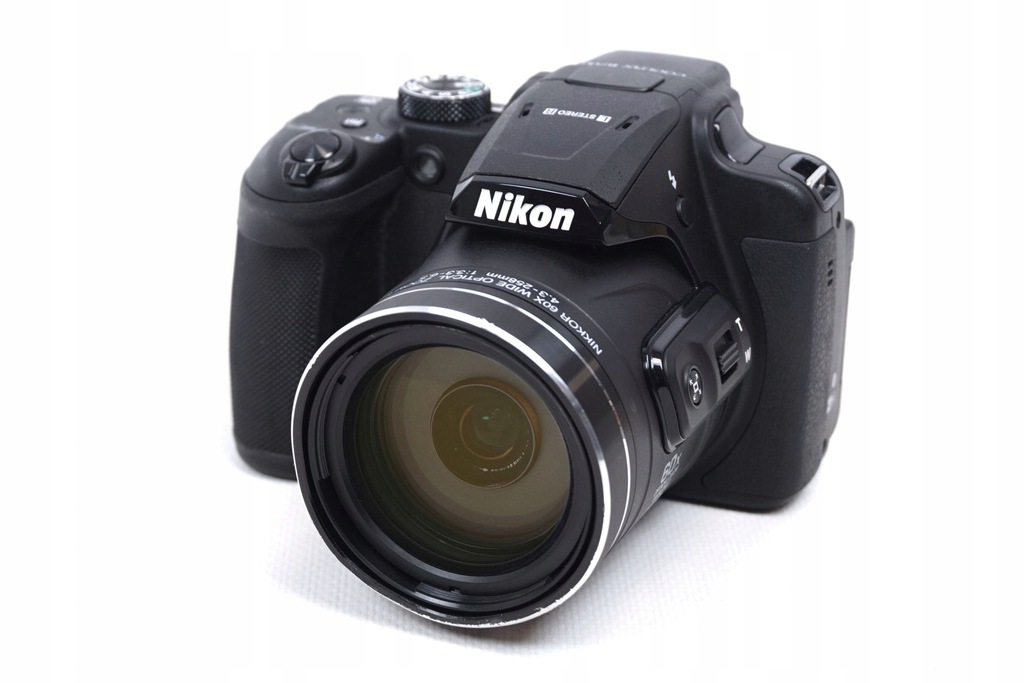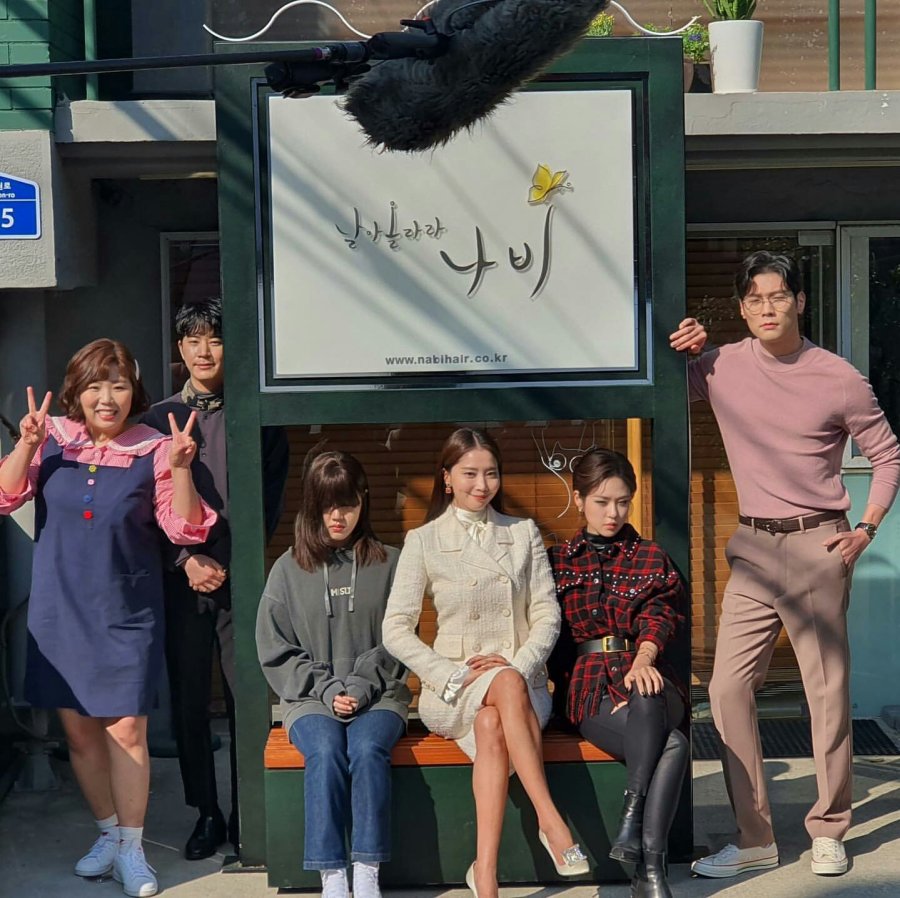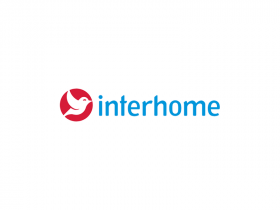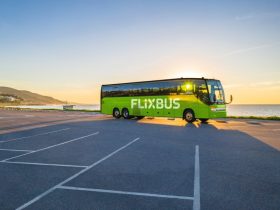Nikon COOLPIX B700
MAGE SENSOR: 9.4/10
AUTO-FOCUSING: 9.2/10
IMAGE PROCESSING: 9.2/10
STILL SHOOTING: 9.5/10
VIDEO SHOOTING: 9.5/10
PROS
- Native 4K shooting ability
- Articulated LCD screen
- Humongous zoom range 24 – 1440 (35mm format equivalent)
- BSI sensor architecture
- Built-in Wi-Fi and Bluetooth
CONS
- Low native ISO range of 100-1600
- Slow auto-focusing
The compact superzoom segment of the camera market is extremely cluttered. Models come and go almost every day. Every major electronic exhibition is a platform for the launch of new cameras that are built around small sensors and have powerful zoom lenses attached to the front of them. For users who shoot with a smartphone, the next logical step-up is a compact super-zoom camera unless of course s/he is interested in taking the leap into manual shooting. The Nikon COOLPIX B700 is a camera that possesses all that a user migrating from a smartphone could ever ask for. This review aims at taking a closer look at the camera and assessing its features to ascertain whether it is a good buy.

Sensor
The Nikon COOLPIX B700 is built on the belief that smartphone users look for huge zooms along with better low light performance when migrating to a proper digital camera. Cameras like the B700 aren’t technically compact. The DSLR like form belies the fact that there is a small 1/2.3” sensor beating at the heart. Cameras of this design are sometimes referred to as bridge cameras. The effective resolution of the CMOS sensor is 20.2 megapixels. Back-side illumination technology ensures that the camera is capable of shooting extremely good quality stills even in low-light situations. This is achieved by placing the wiring on the sensor at the back of the camera instead of the usual front. This opens up a lot of space reducing the clutter and therefore increasing the light gathering capability of the sensor.
Lens
The highlight of the COOLPIX B700 is no doubt the humongous 60x optical zoom of the lens. The built-in lens has a fantastic zoom range. It ranges from an ultra-wide 4.3mm all the way to 258mm. How much does that convert in 35mm format equivalence? 24mm to 1440mm! If that is not enough you also get a 4x digital zoom on top of that. The thing is at such phenomenal focal length shooting takes a completely different approach. The slightest camera or hand movement gets exaggerated resulting in blurred images.
The maximum aperture of the lens is f/3.5 to f/6.5 across the focal length range. 16 elements arranged in 11 groups make up the construction. This includes 1 Super Extra-low Dispersion (ED) element and 4 ED elements. These elements take care of chromatic aberrations.
Needless to say a camera with such a huge focal range would have some sort of vibration reduction. The lens has lens-shift VR for shooting still images. When shooting movies both lens-shift and Electronic VR activates.
Auto-focusing
As standard with most cameras that come without a mirror auto-focusing is handled by a contrast-detection AF system. To be fair contrast detection is the most accurate of all auto-focusing mechanisms. But on the downside, they are very slow. The lens is continuously pushed back and forth until focus (maximum contrast) is achieved. The COOLPIX B700’s auto-focusing comes with several auto-focusing modes including face priority, manual, subject tracking, and target finding AF.
Stills
The effective 20.2-megapixel sensor resolution produces stills of the size 5184 x 3888 pixels. Noise is a deterrent when shooting with small sensor cameras in low-light conditions. A small sensor means a small light gathering surface. On top of that if the number of pixels increases the size of each individual pixel tends to get smaller and smaller. Add to that the wiring etc. and you have yourself an extremely cluttered surface. This impacts the light-gathering performance of the sensor. Thanks to the BSI architecture of the sensor of this camera, the increased surface area results in better light gathering and reduced noise.
The COOLPIX B700 has a reasonable burst speed. In a continuous shooting mode you can shoot at up to 5 frames per second. You get a full shooting mode dial which gives you the option to select from Manual, Shutter priority, Aperture priority, and program mode, along with that a bunch of other scene modes to shoot with.
Video
Increasingly photographers are looking for higher resolution 4K video capability. The days of modest full HD are over. Going by the demands of time, the COOLPIX B700 has native 4K (UHD) video capability. The actual resolution of the videos shot is 3840 x 2160 at 30p. You can alternatively shoot at 1920 x 1080 at varying frame rates of 30p, 25p, 50p and 60p.
ISO
The native ISO range of the COOLPIX B700 is 100 – 1600. This can however be extended when you shoot at either of the following shooting modes – Program, Shutter priority, aperture priority and manual mode.
Rear LCD screen
In the absence of a viewfinder, the rear LCD screen is the one that you need to use in order to make photographic compositions. Needless to say the rear LCD screen has become a sort of object of desire. Enthusiasts have demanded features that assist in making great compositions and in general make the whole process of image-making easier. One of those requirements is that the screen must be articulated. The COOLPIX B700 does have an articulated screen. The resolution of the screen is 921,000 dots.
Build quality and ergonomics
Small cameras usually don’t have too much weather sealing on them. The COOLPIX B700 is no exception. There is no weather sealing at all. You cannot take this camera out on a rainy day or on a desert safari and expect to bring it back in working condition. On the flip side the compactness of the design has its own advantage. This camera begs to be taken with you when you are traveling.
Storage
Standard storage options. A single memory card is supported. The slot accepts SD, SDHC, and SDXC cards.
Connectivity
Built-in Wi-Fi and Bluetooth are available. All you need is an available wireless connection and the camera can send images seamlessly. There is no NFC connectivity.
Other features
- Easy to hold rubberized grip and ergonomically placed thumb rest.
- Bunch of buttons and dials, much more in quantity than usual compact cameras
- Powerful pop-up flash
Conclusion
Overall this is a nice design. Image quality is good for the price you pay. The real problem is also the USP of the camera, the mind-boggling optical zoom. It is almost impossible to hand-hold the camera at that range without additional support. The digital zoom is useless. Bunch of manual shooting options and a native UDH video capability make this a good option. The articulated screen is beautiful in design. Overall a good camera for people migrating from smartphones.







Leave a Reply